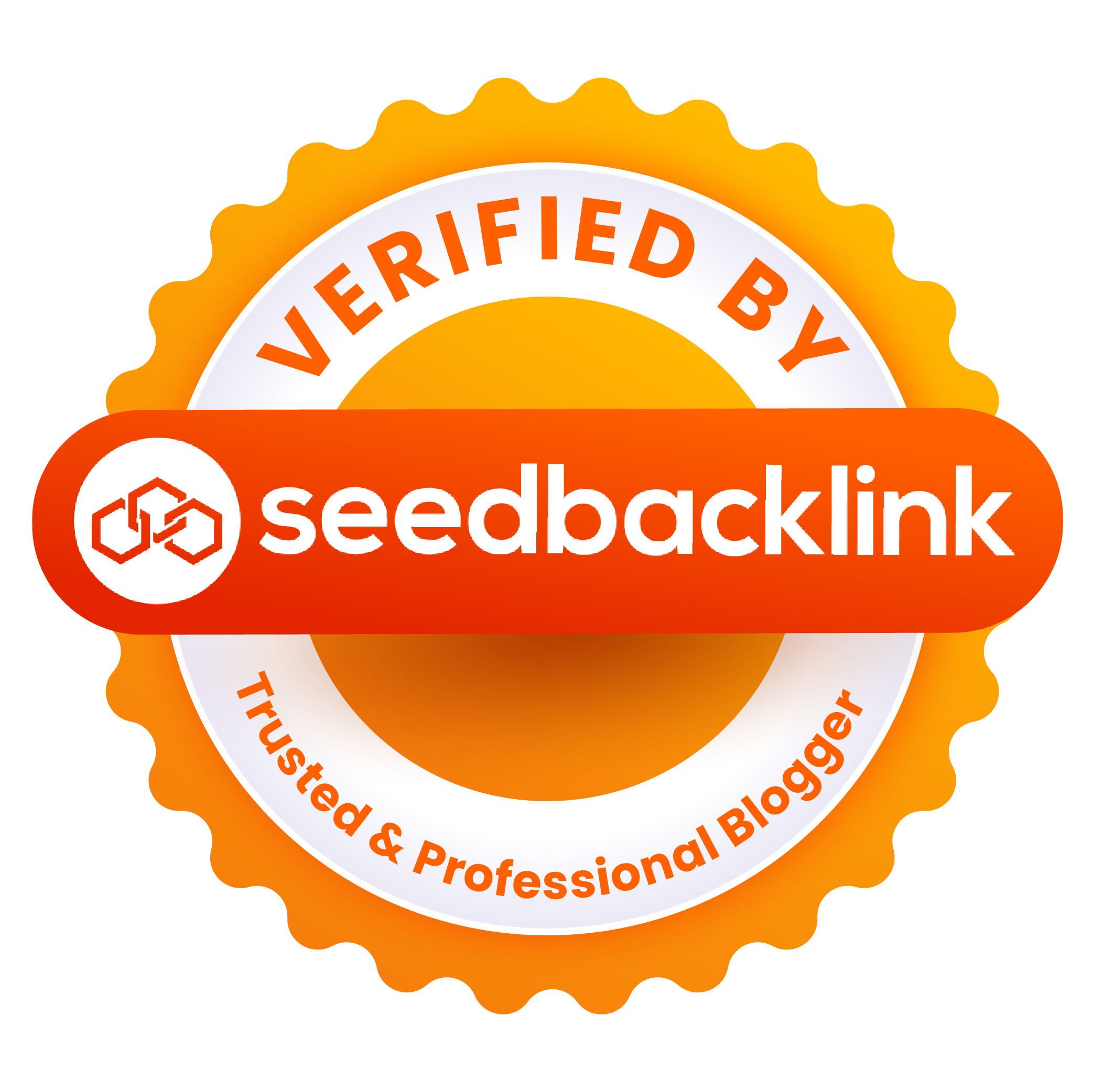
How often have you seen a new tech platform that can help you grow your business or streamline your systems, and feel that twinge of excitement?
Okay, sometimes it can come with a touch of overwhelm too. But how many times have you wanted to abandon ship from your current CRM, course platform, or funnel builder for something new that looks better in some way? Sometimes it has more features, sometimes it looks more elegant, and sometimes it comes down to investment levels — but in working with more business owners than I can count, most entrepreneurs are ready to jump ship when they find out about the latest and greatest tech.
While I love a good piece of technology as a systems gal, I tend to steer clear of new tech for both myself and my clients. The user experience (UX) and user interface (UI) are not tested enough for a non-tech business to handle potential issues and fallout. If you don’t have a developer or coder on your team who understands this level of sophistication, you can spend weeks or months spiraling on a problem instead of sticking with the tried and true solutions you can stand behind.
Planning the tech for your business
You want to look at your business and where you want it to go in the next three to five years. Tech changes WAY too fast these days and it’s hard to keep up for most business owners. You need something you can commit to for that length of time before you consider switching.
Finding and using long tested software and apps is what I recommend to most of my clients. It’s hard for a small business to switch up their technology year over year (or even every couple of years). It puts extra demands on their team and can create a temporary revenue bottleneck because your team and their efforts are more focused on rebuilding the bones of the business than on generating more clients or revenue.
If your business is running online (or has an online component to it), the systems you choose are vital for your success. You’re building out a whole network of operations with the tech you select to create both a great experience for your clients and to create a seamless flow for your team in the backend. If your team is consistently trying to learn new tech, you can experience slower growth and more snafus than are worth the headache. Here are the questions for you to consider when you’re choosing the tech for your business.
Selecting the right tech for your business
When you’re considering a technology platform to build your business on, look for longevity. Have they been in business for more than three years? Do they have a good customer rating? Read the reviews. That’s where you’ll get the low down on the exact problems previous customers have had. These customer experiences will tell you all you need to know about customer service and how easy or hard the platform is to use. While you’re reading through the reviews, ask yourself, “Are these the types of problems that I would run into?”
This is one of the most important things to consider because of how it affects the rest of your business. adoption rate. How quickly or how much will your team adopt a new system? What are their concerns or red flags? Even if you’re running solo for now, how long will it take you to adopt a new system (while doing all of the other things in your business)? Don’t forget, things often take twice as long as we think they will, so for scheduling’s sake, double the amount of time you’re planning. Is that time worth the benefits of the switch?
Locking in the right technology for you
Whenever possible, utilize free trials and compare the new system to your existing system. Before fully switching platforms, sign up for free trials to start testing and comparing. To make the most out of this time and really see which one will work best for you, your team, and your clients, be willing to invest 30 days of using the platform to see how it will integrate with your business needs. I had one client with specific calendar needs, and we tested 10 different calendar programs before we landed on the one that fit all their unique needs. When you commit a certain amount of time to testing platforms, you learn quickly which ones will and will not work for you.
During the trial period, how easy or difficult do you find each platform to use? If you’re frustrated with the software, find yourself confused by the setup process, and if you’re not receiving good customer support — then you probably need to dump the platform like a toxic ex and move on.
If you find that you’ll have to change systems in any way within two years, pass on said piece of technology. Look for something stable that meets your needs and will allow you to scale.

Lani Sullivan is a business operations expert, helping businesses streamline their systems and processes so they can relax and build a culture that prevents burnout. To learn more, check out https://resolvemychaos.com/

